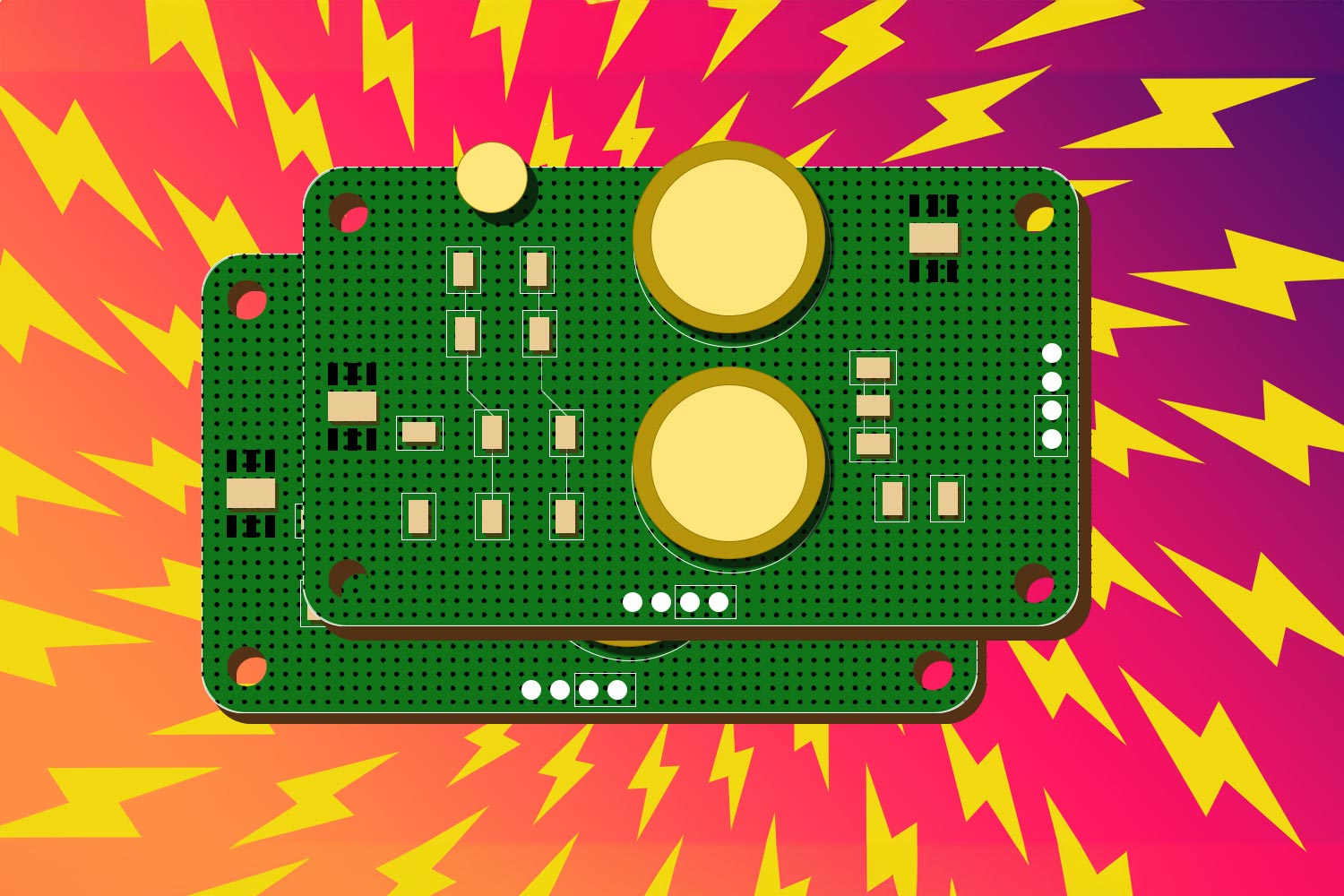"The sensor network is designed so the chips can be implanted into the body or integrated into wearable devices. Each submillimeter-sized silicon sensor mimics how neurons in the brain communicate through spikes of electrical activity. Credit: Nick Dentamaro/Brown University." (ScitechDaily, Revolutionizing Wireless Communication: How Tiny Chips Could Transform Medical Technology)
If a microchip is in a bright place it can use solar power. That kind of system can used with artificial retinas. And in the light-operated pacemakers. In the last ones, the cathed can transport light sources like laser rays to a pacemaker. Then those systems can transmit energy into them. Same time those systems can read data from the pacemaker's log. The reading of the microchip data can also happen wirelessly through the skin.
Those new light-cells operated systems. Along with the microchips that can harvest energy from magnetic fields are the tools that make new medical microchips possible. The problem with tiny microchips is always energy. The energy source for those systems must be a very small thing, and that limits the use of those systems.
Small-size chemical batteries have no long lifetime. Researchers working with things like salt-based solutions, that use sodium chloride's ability to ionize water. Those systems can make electricity from sweat. But one of the most promising things is technology there the small microchips get their energy from radio waves.
"MIT researchers have developed a battery-free, self-powered sensor that can harvest energy from its environment. Credit: Christine Daniloff, MIT" (ScitechDaily, MIT’s Self-Powered Sensor Automatically Harvests Ambient Magnetic Energy)
"A crystal radio receiver, also called a crystal set, is a simple radio receiver, popular in the early days of radio. It uses only the power of the received radio signal to produce sound, needing no external power. It is named for its most important component, a crystal detector, originally made from a piece of crystalline mineral such as galena. This component is now called a diode" (Wikipedia, Crystal radio).
The same system can transport data and electricity at least to low-voltage electric components.
We can say that is the newcomer for the crystal radio. The early radio receiver got its energy from the transmitting signal. The battery-operated amplifiers supplanted that system. But then researchers are starting to retake that crystal radio back to use for high-tech microelectronics. Same way small-size drones can use the same technology as the crystal radio used in the past.
Wearable microchips can get their energy the same way from radio waves. Those small microchips can also operate in things like artificial retina implants. Or they can control nanomachines inside the body.
They can use ultrasound to make images from the body. But those small microchips can make many more things than just act for medical purposes. They can track material anomalies in aircraft bodies, search for leaks in spacecraft, and allow robots to get a sense of touch.
Those small microchips can also make it possible to create new types of computers. In those systems, microchips get energy from the radio waves and that allows us to put them on the plate there are no wires. Engineers can close those microchips into the Faraday cage. That protects this system against electromagnetic turbulence. And the radio transmitter-receiver can communicate with those microchips.
https://www.freethink.com/health/pacemaker-powered-by-light
https://scitechdaily.com/mits-self-powered-sensor-automatically-harvests-ambient-magnetic-energy/
https://scitechdaily.com/revolutionizing-wireless-communication-how-tiny-chips-could-transform-medical-technology/
https://en.wikipedia.org/wiki/Crystal_radio




Comments
Post a Comment